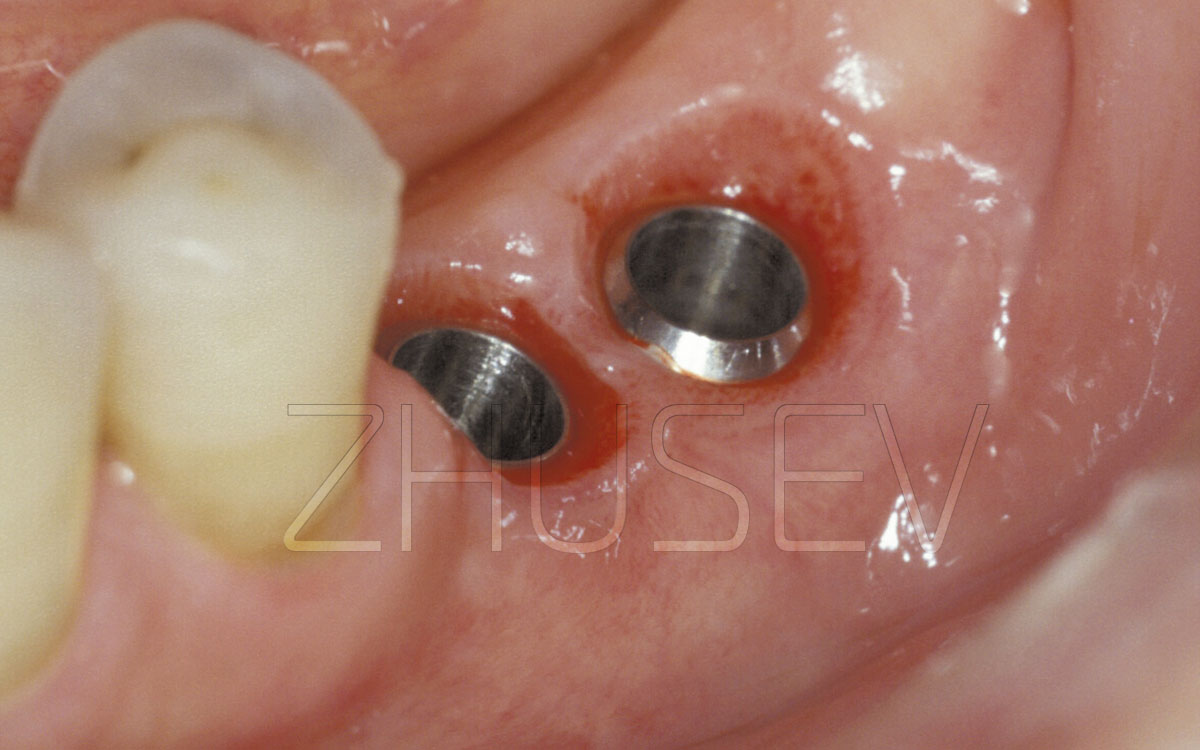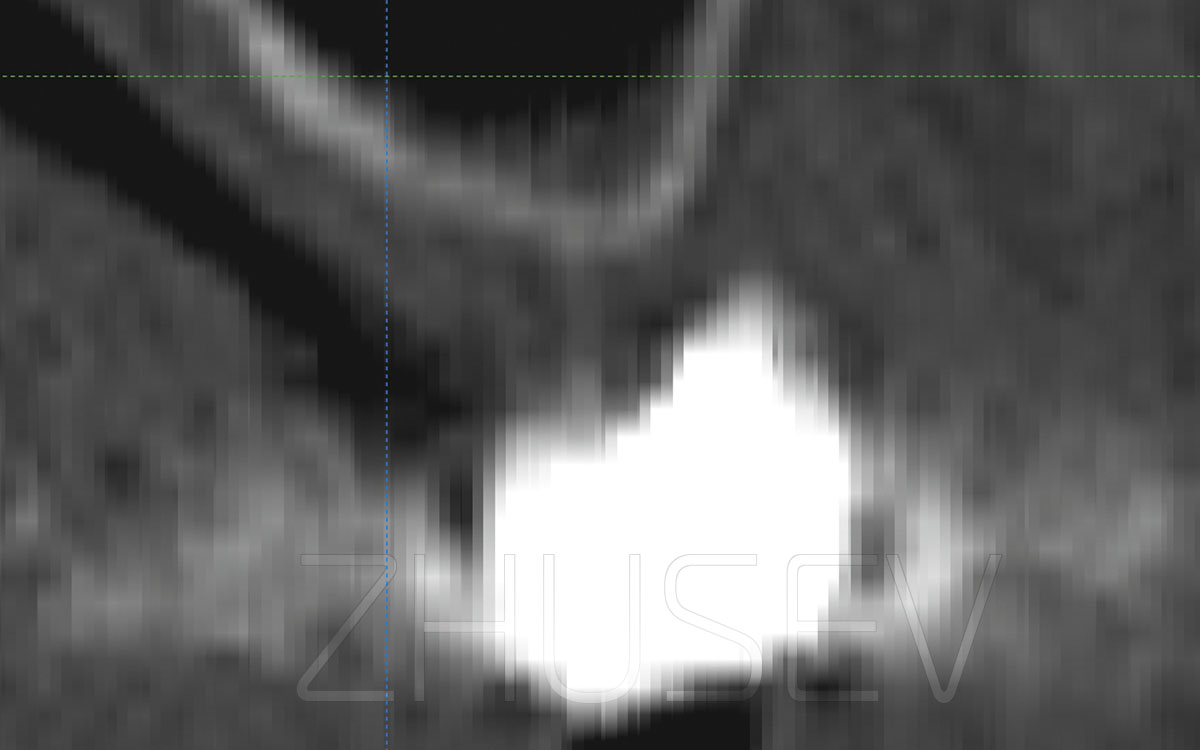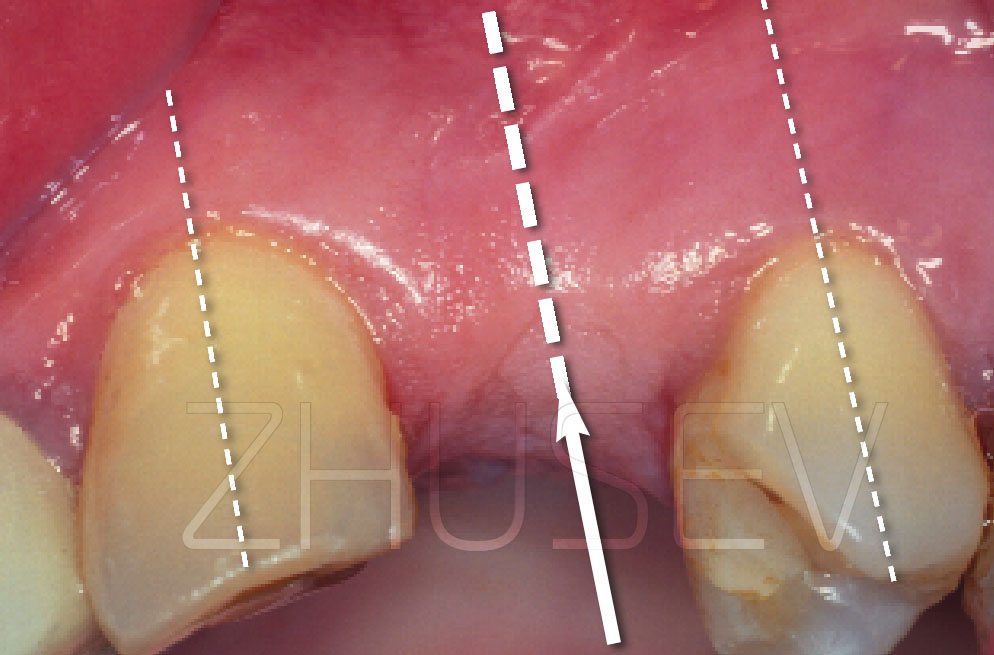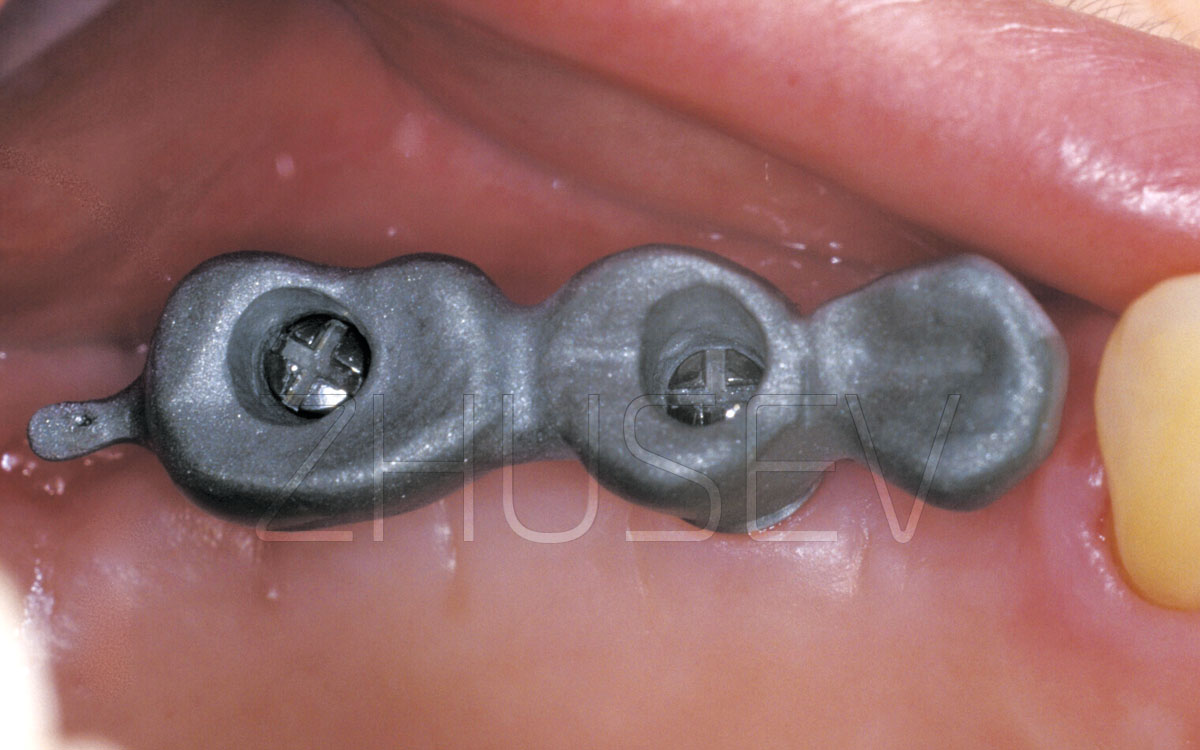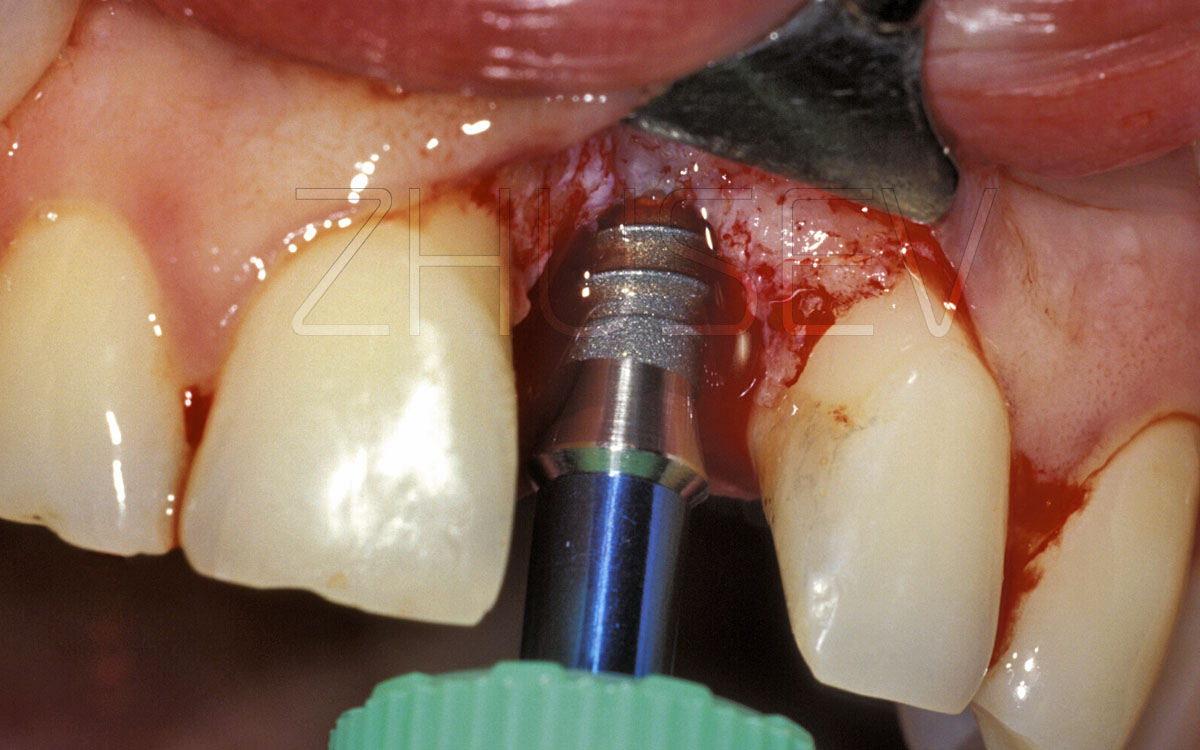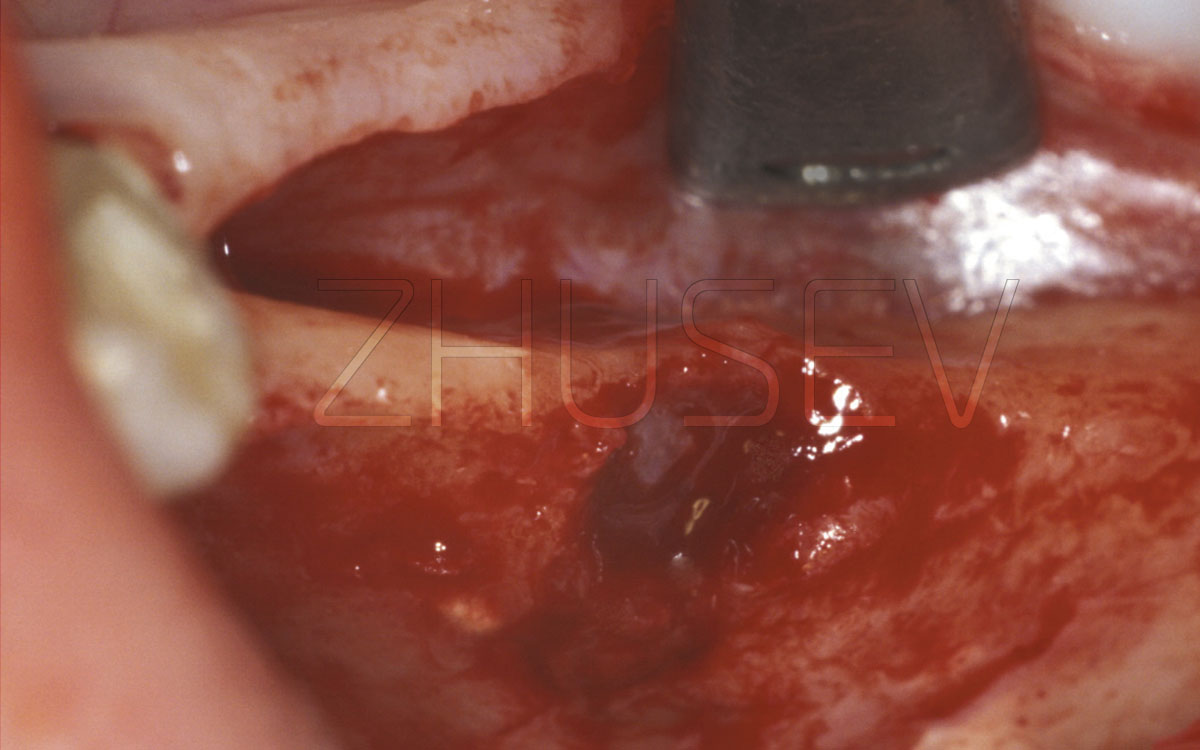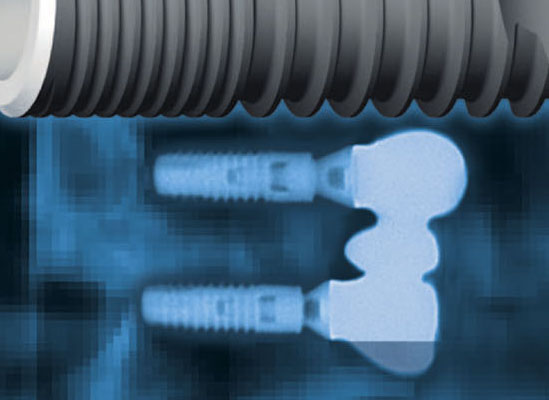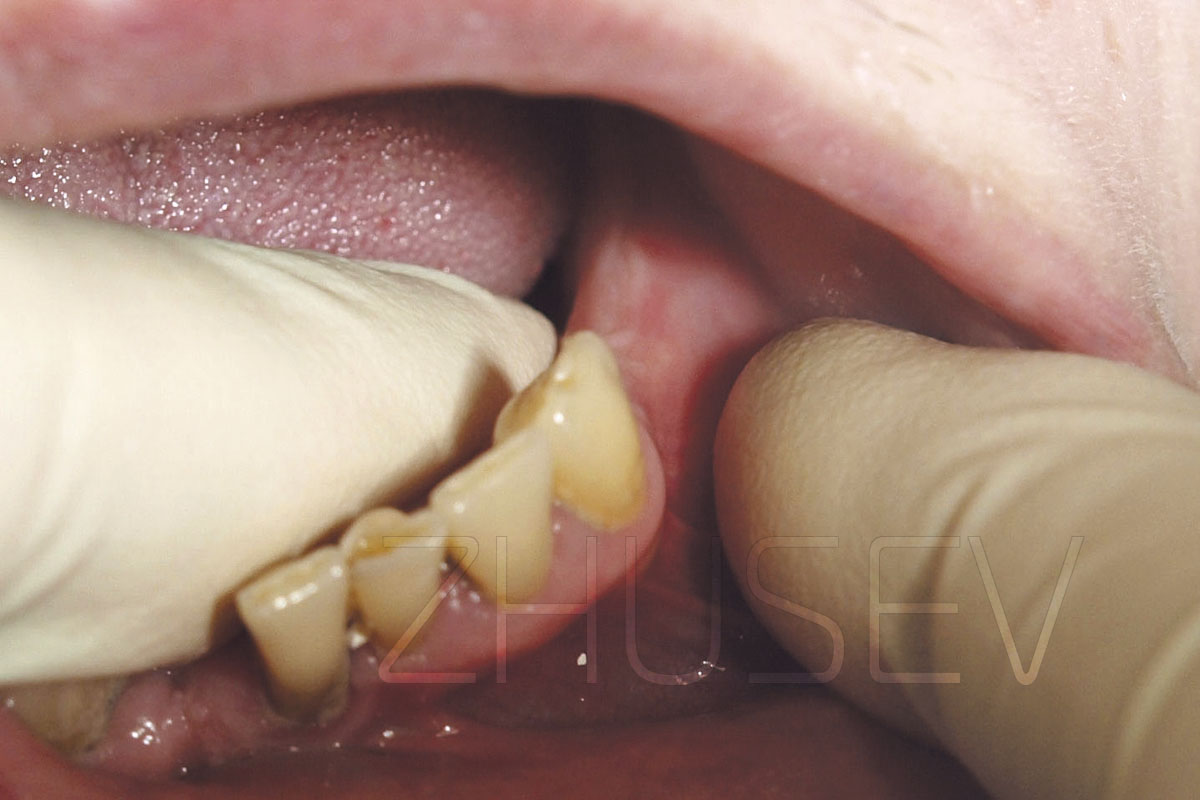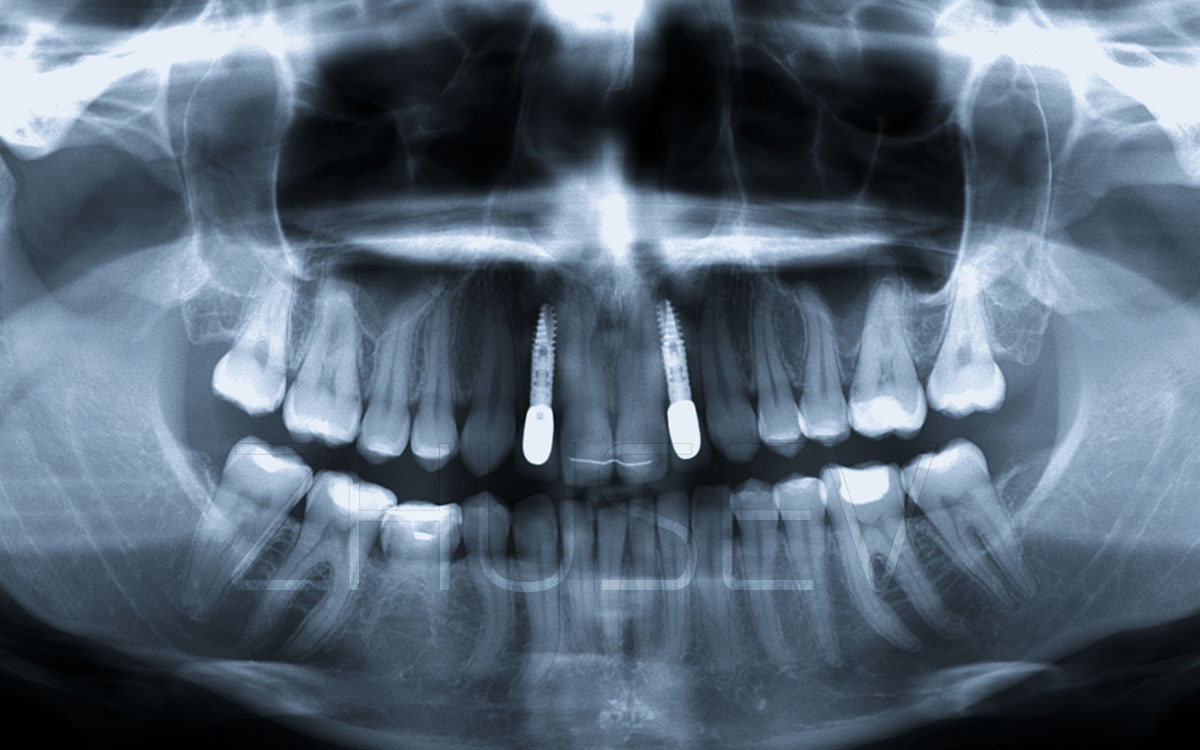Indications:
Thus, it can be concluded that implant dentistry is indicated at any stage of edentulism.
Сontraindications:
Relative contraindications:
cardiovascular diseases (myocardial infarction, stroke); endocrine diseases (type 2 diabetes, climacteric syndrome, mild forms of hypothyroidism and hyperthyroidism); bone diseases (secondary osteoporosis, osteomalacia); allergic diseases which do not require hormonal replacement therapy; dentoalveolar diseases (periodontitis, abnormal occlusion, poor oral hygiene, precancerous conditions of the oral cavity, temporomandibular joint dysfunction); metallic implants in other organs; oncological diseases; chronic infectious diseases; pregnancy).
Absolute contraindications:
(dental implant procedures are absolutely contraindicated in patients suffering from the following diseases) bruxism; macroglossia; open tuberculosis; osteoporosis; decompensated heart failure; blood-forming organs diseases; central nervous system diseases and peripheral nervous system disorders; immune diseases (thymic hypoplasia, parathyroid hypoplasia, severe systemic lupus erythematosus); endocrine disorders (severe forms of hypothyroidism and hyperthyroidism, type 1 diabetes); malignant tumours; venereal diseases; HIV.

